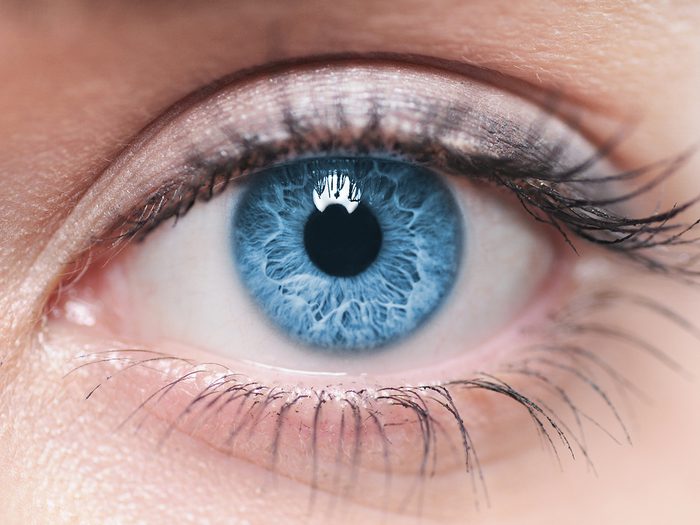
Eyelid hole
If you tug your upper or lower eyelid away from your eye, you’ll see a tiny hole in the inner corner called the lacrimal punctum. It’s easiest to spot on your lower eyelid. Both body parts help drain your tears.
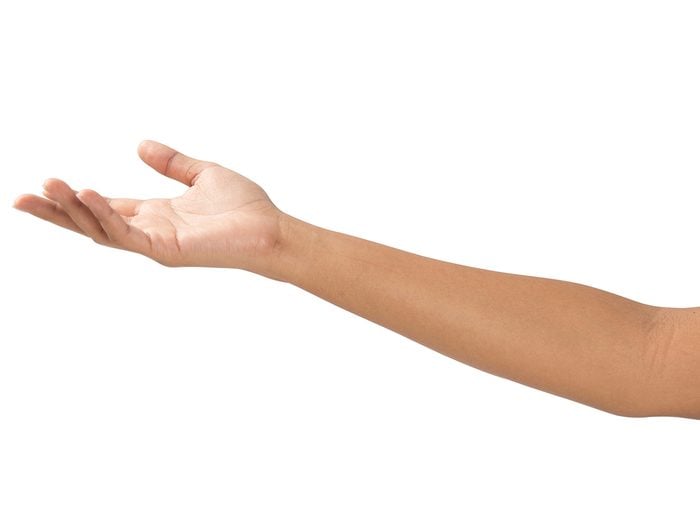
The sometimes-missing arm muscle
About 86 percent of humans have a palmaris longus muscle running from the elbow to the palm. To test if you have it, touch your pinky to your thumb and tighten your wrist muscles. The muscle will pop out in the centre of your wrist, right under your palm. In humans, it helps wrist flexibility, but there’s no consequence if you’re born without one or if a surgeon removes it. Scientists think the muscle is probably used to help primates grip and swing through trees.
Can you pass this quiz of fourth-grade science questions?

Glow-in-the-dark skin
Japanese scientists used ultra-sensitive cameras to discover humans actually give off light, sort of like a firefly. You glow the most from your forehead, cheeks, and neck. The glow is the faintest when it’s late at night and at its brightest in late afternoon. Even then, though, the “bioluminescence” is one thousand times too faint for the human eye to see.
Find out the best foods for healthy, glowing skin.
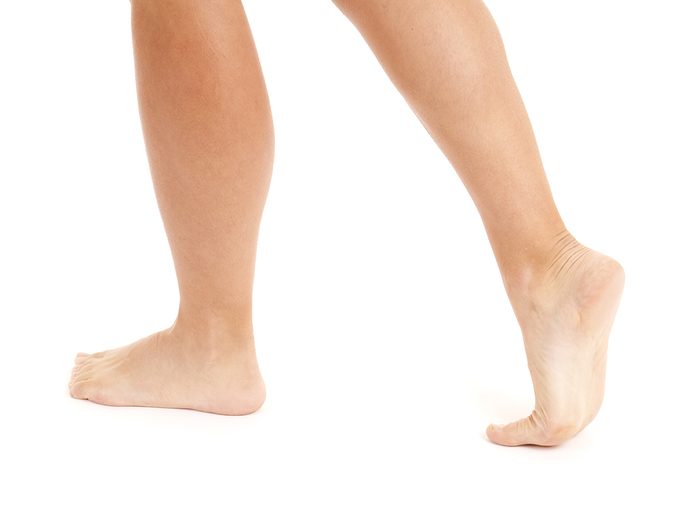
“Walking” proteins
The “motor” molecule called kinesin transports organelles and neurotransmitters within a cell. That doesn’t sound too exciting until you find out how they move. Two structures at its base, often called “feet,” make their way along a microscopic catwalk. It looks eerily similar to the appearance of a human walking, except each step is timed more like a limp and only travels eight nanometres, or about three ten-millionths of an inch.
Brush up on the latest breakthroughs in stem cell therapy.
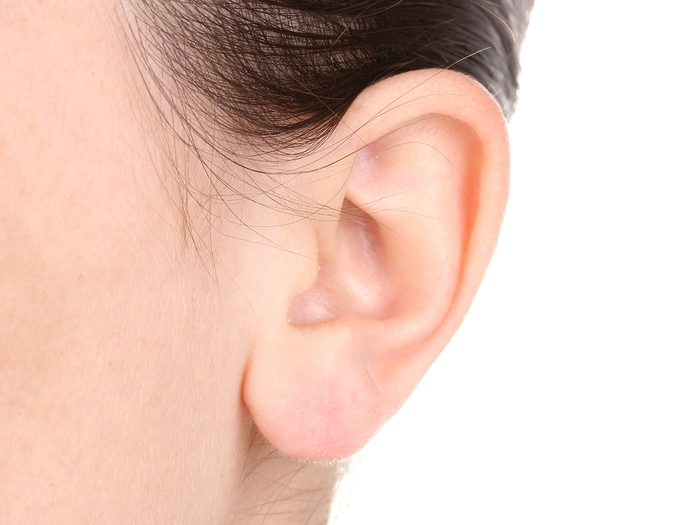
Ear muscles
Your three auricular muscles are associated with your outer ear. These body parts would have helped evolutionary ancestors pivot their ears like a cat does, but they don’t serve much purpose to modern humans—other than a party trick. Only about 10 to 20 percent of people are able to engage those muscles to wiggle their ears.
Find out what your earwax says about your health.
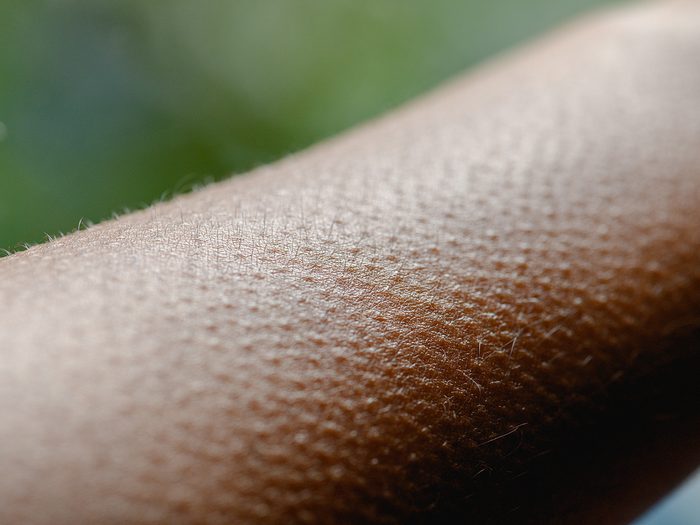
Goosebump muscles
Ever wonder why you get goosebumps? You have tiny muscles around the hair follicles, which contract when you’re scared. The function would make other animals’ fur stand up, but because human body hair isn’t thick, you can still see the bumps.
Here are the skin changes you should never ignore.

Mesentery
Scientists are still discovering new body parts every day. As recently as November 2016, researchers officially added another organ to anatomy textbooks. Scientists used to think the mesentery—a double fold of abdominal cavity in the digestive system—was a few separate structures but now realize it’s one single organ. This organ connects the intestine to the abdomen, though scientists still aren’t sure what its function is.
Don’t miss our ultimate guide to gut health.
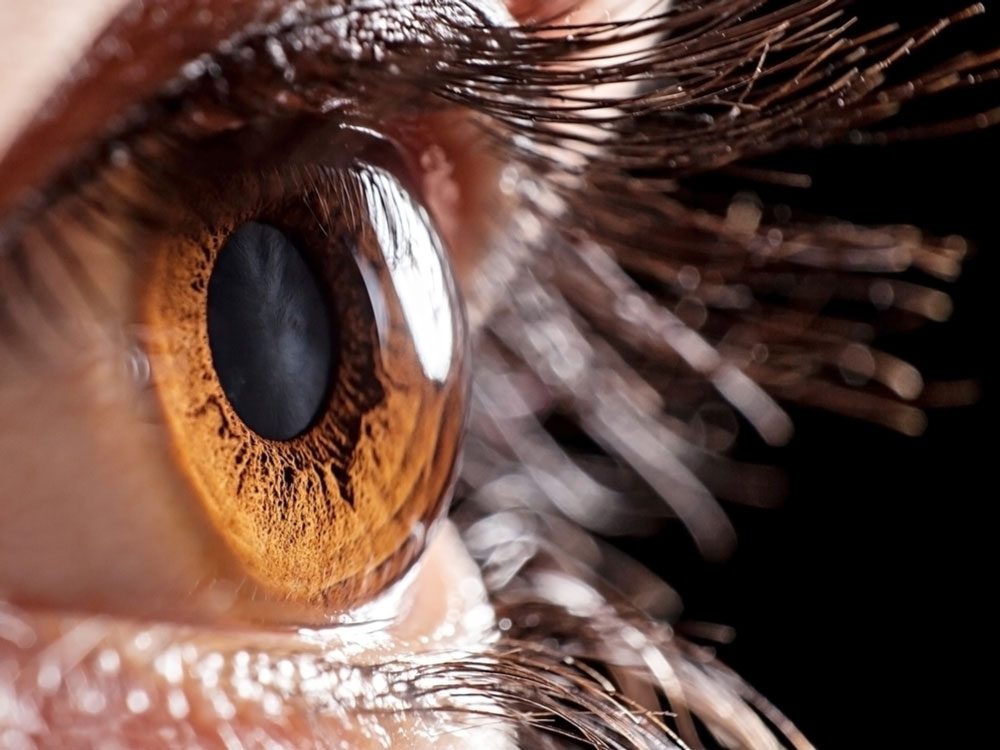
Dua’s layer
Your cornea—the clear outer layer of your eye—has six layers, one of which was just discovered in 2013. Dubbed “Dua’s layer,” it’s less than six ten thousandths of an inch thick.
Find out how to maintain healthy eyes at every age.

A tail
You don’t have one anymore, but human embryos have a tail until about ten weeks into development. At that point, the vertebrates fuse into a single tailbone, which adults have inside the body. In extremely rare cases, babies are born with a tail-like bulge, but it can be removed easily with surgery.
Test your knowledge of health lingo with our tricky medical trivia quiz.
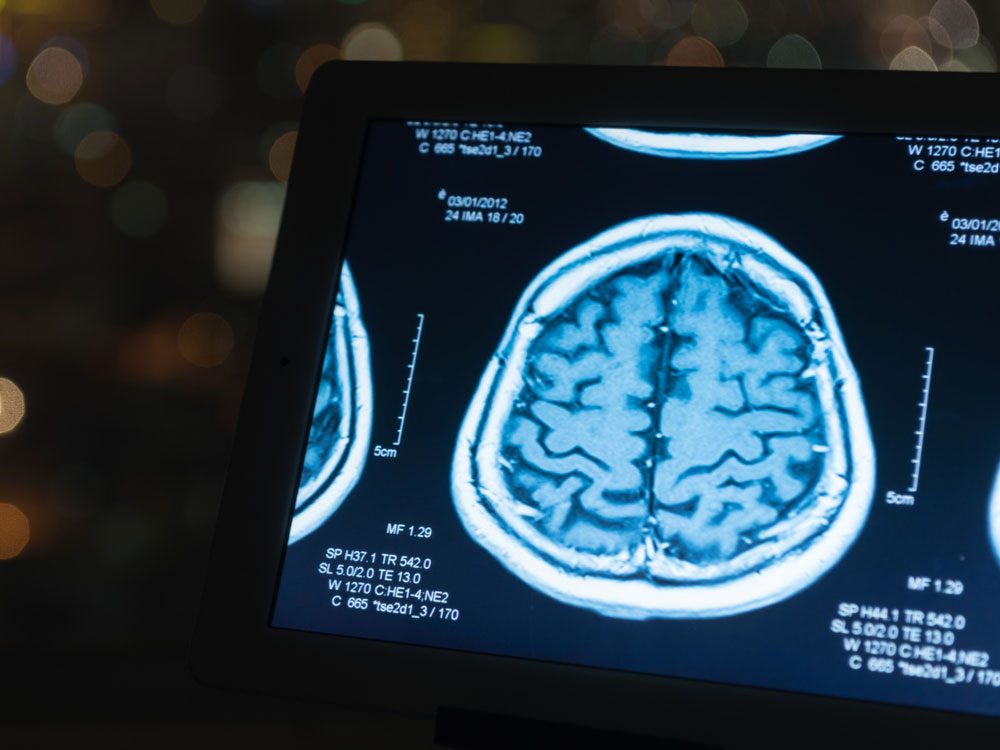
Brain vessels connected to the immune system
In 2015, researchers discovered vessels in the brain that connect directly to the immune system. The finding could lead to new advancements in Alzheimer’s, multiple sclerosis, and other neurological diseases that deal with the immune system.
Discover eight science-backed ways to boost your immune system.
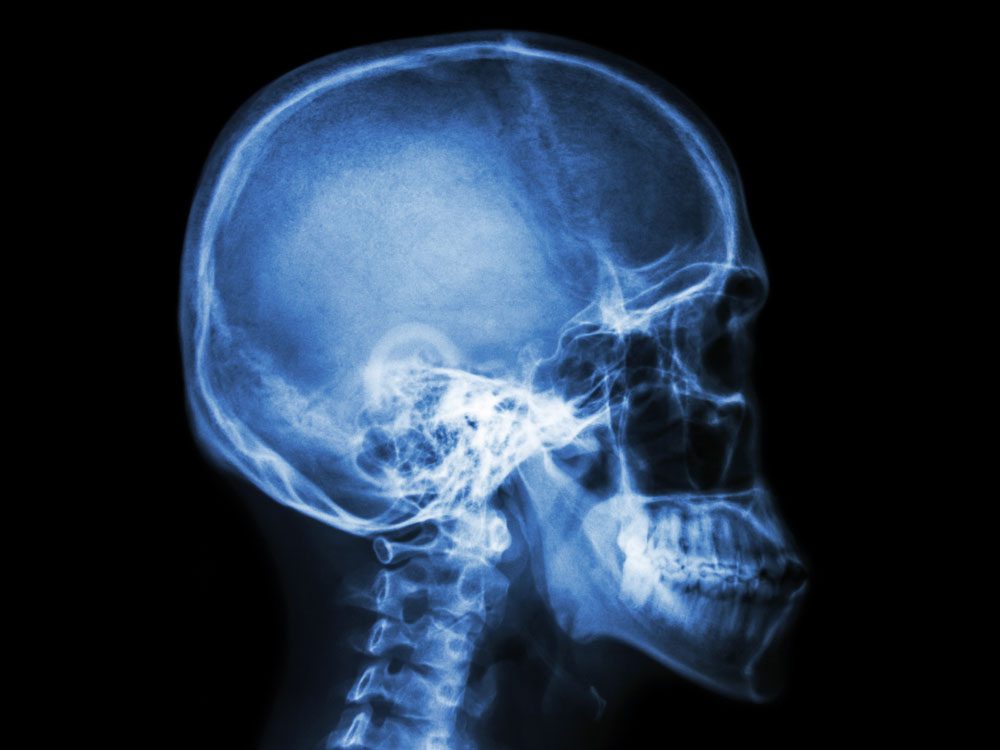
Jacobson’s organ
The vomeronasal, or Jacobson’s, organ helps some animals sense pheromones, which are chemicals that trigger a response in the same species. Scientists are still debating whether or not humans have one. Embryos seem to have the organ in the womb, but it disappears as they develop. Instead, adults have a pit on one or both sides of the nasal passage that doesn’t have any sensory neurons connecting it to the brain.
Next, check out the body parts you’re washing wrong.